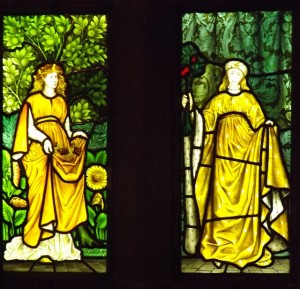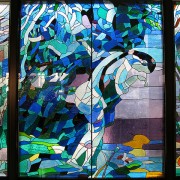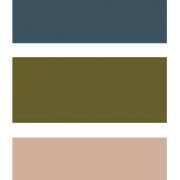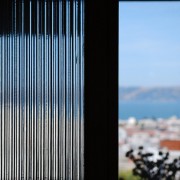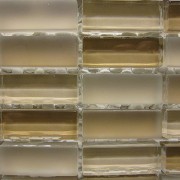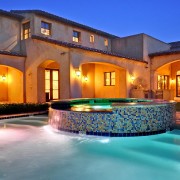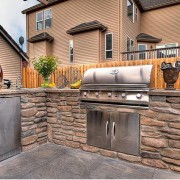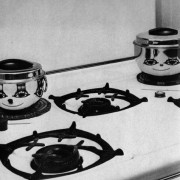Stained glass makes a comeback
Stained glass artists have bemoaned the potential demise of “true” stained glass. To meet regulatory compliance, stained glass furnaces must install expensive particle filtration units that recapture the toxic emissions. Even when the filtration systems have been installed, rainwater runoff from the factory roofs have deposited high levels of toxic heavy metals into the soils surrounding the plants. One Portland, OR glass furnace has chosen to relocate its facilities to Mexico to avoid having to comply with US air quality standards.
Another concern regarding stained glass is its lead content. Leaded glass windows were common in upscale homes in the 19th and early 20th centuries. Lead particles from the glazing are constantly being shed, and pose an ongoing lead hazard. Athough the windows may have historical significance, many homeowners have chosen to remove the windows as part of a lead abatement plan for their living spaces.
Does this mean the end of stained glass? Not entirely. Although stained glass windows are rightly classified as artworks and offer some very intricate details, some of the “stained glass” windows we prize so highly are actually painted glass. Glass painting can produce some exceptional results, which compare favorably with traditional stained glass.
Glass painting has been around for centuries, and with modern glass paint compounds, a skilled artist can create a “stained glass” appearance with glass paint. Today’s glass paint contains none of the hazardous materials that traditional stained glass windows contain. A compound like Glassprimer™ glass paint bonds permanently to the glass surface without the need for heat curing, and will not chip, fade or peel, even when exposed to direct sunlight.
Glassprimer™ glass paint is a specialized glass coating that bonds permanently to glass surfaces. GlassPrimer also makes a glass surface molecular activator that is designed to work with UV-inkjet glass printing processes. Glassprimer™ glass paint can be used in both interior and exterior applications and can help reduce solar heat gain in some applications. For more information about Glassprimer™ glass paint, please visit the rest of our site. If you’d like to purchase Glassprimer™ glass paint, please visit our online store .
Photo Credit: Just1Snap, via Flickr.com

